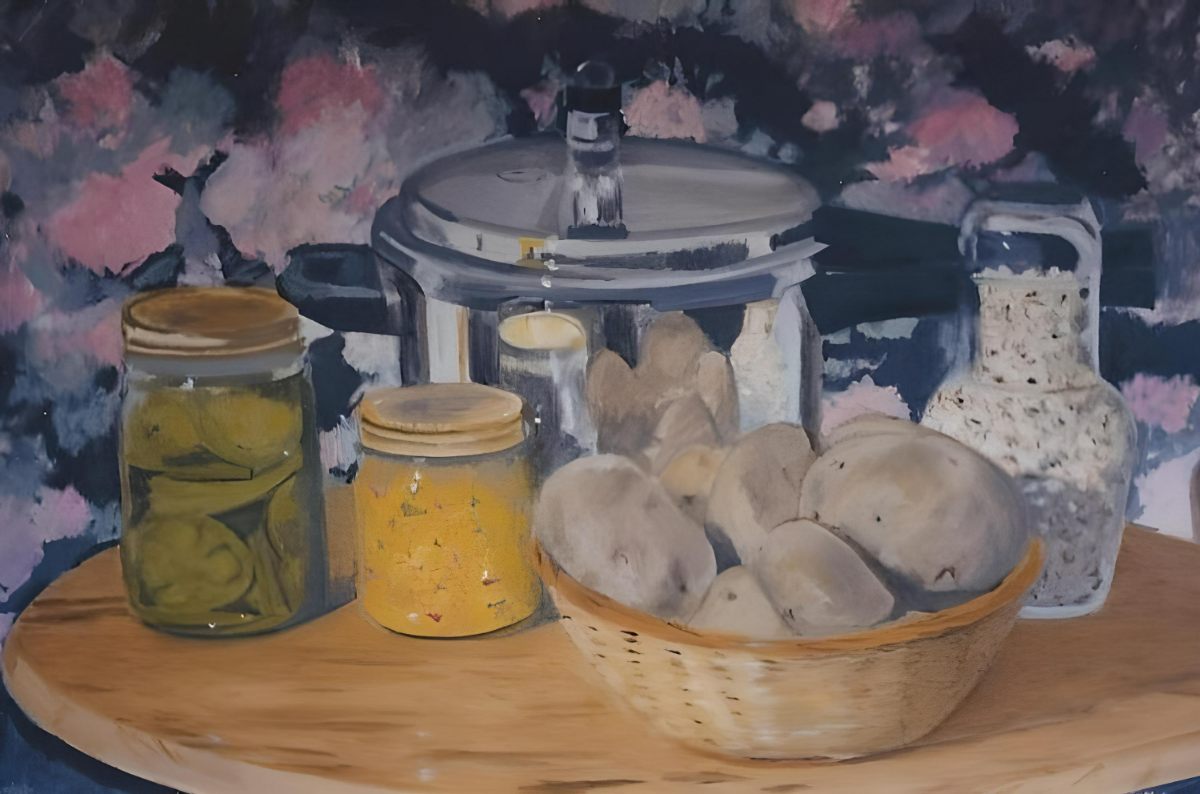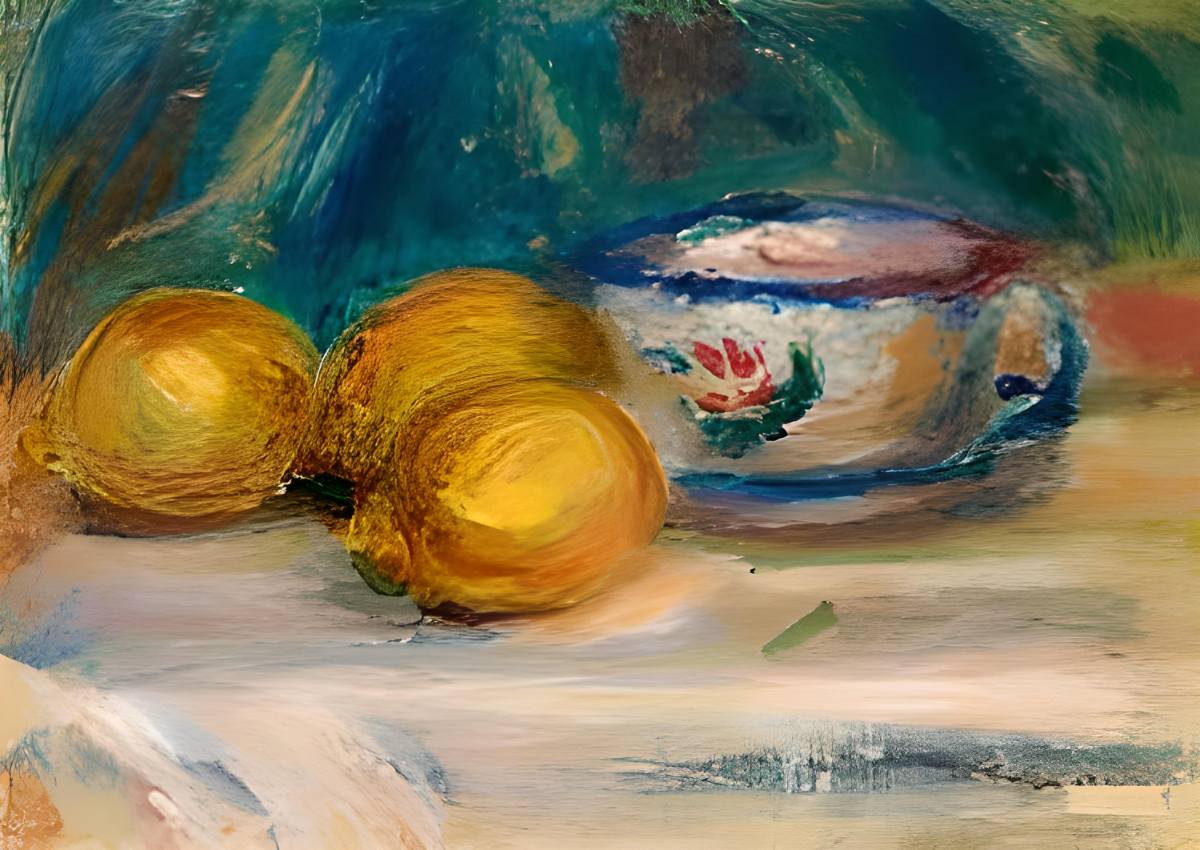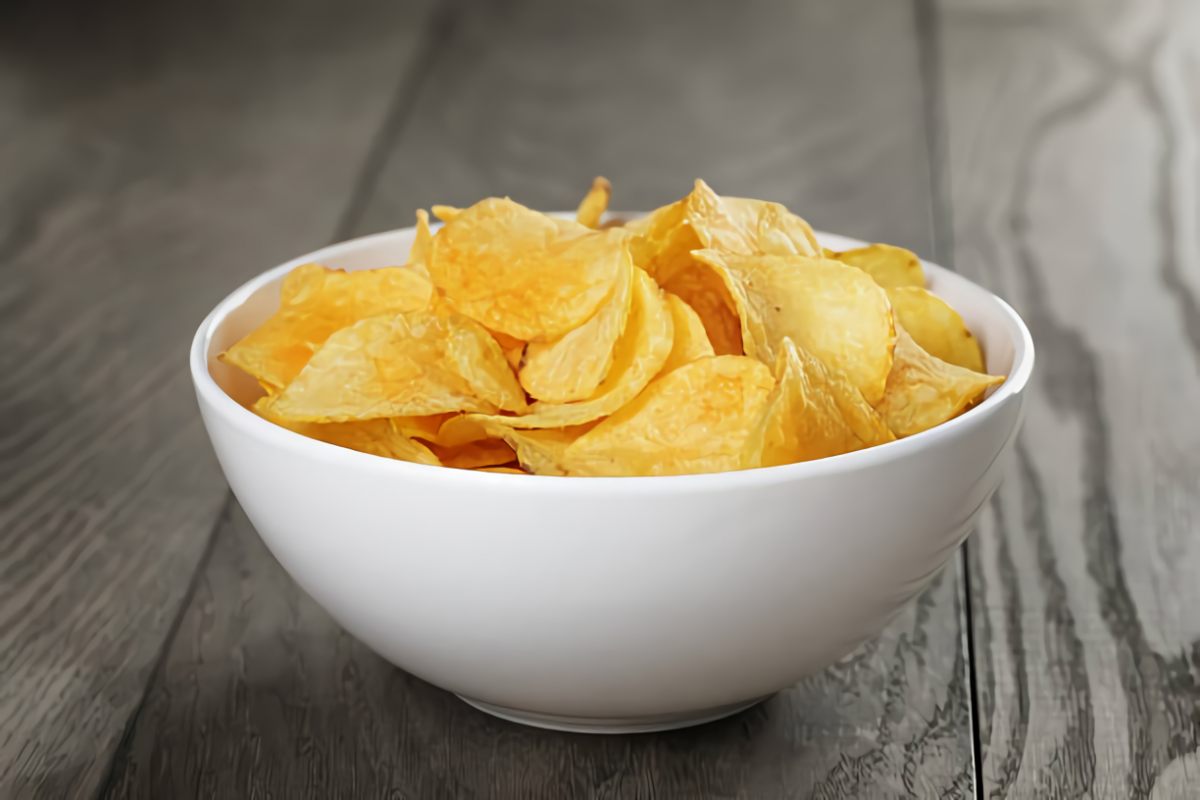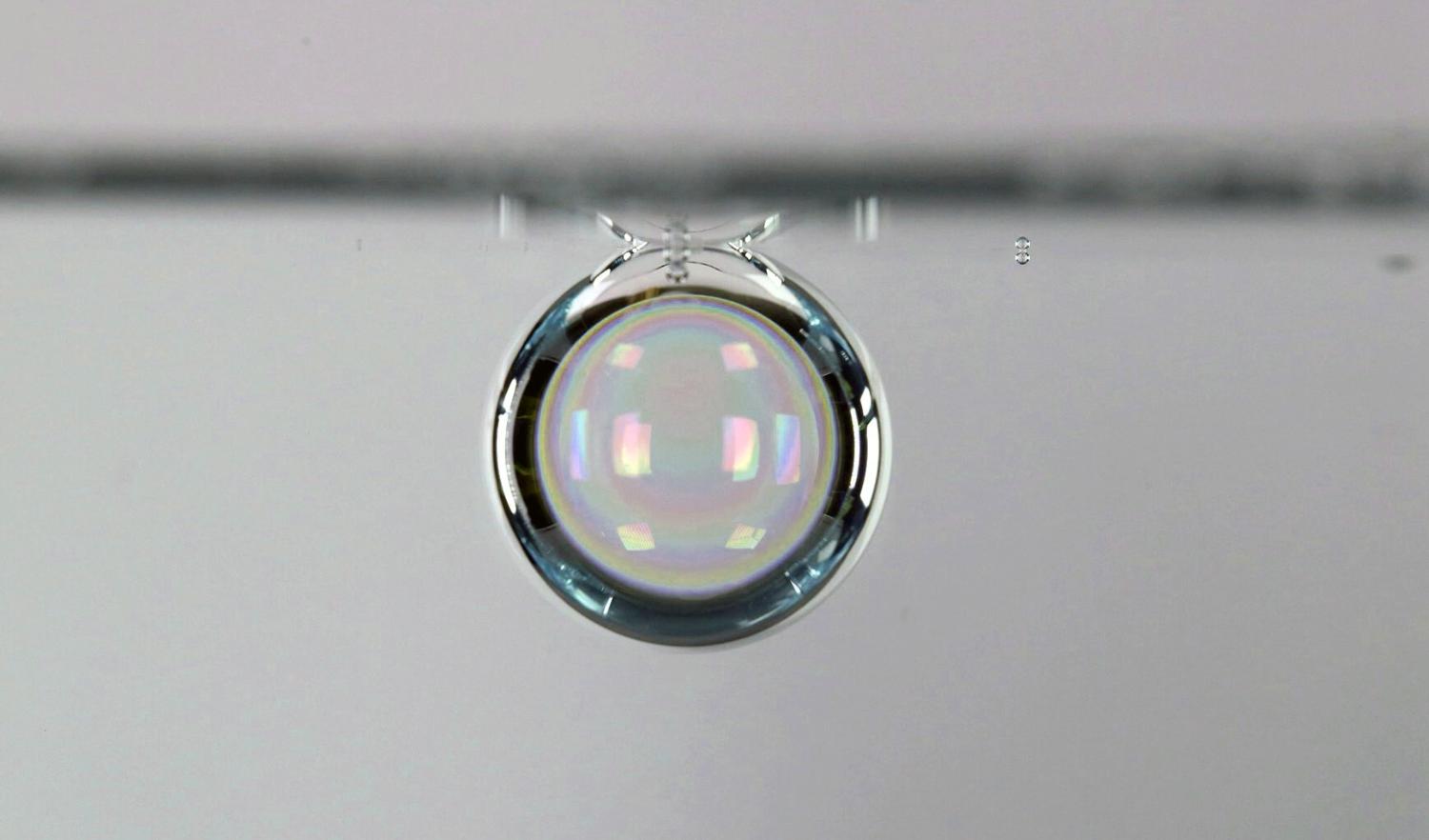The pressure cooker is like a rocket ship compared to other kitchen gadgets. It’s claimed to speed up the cooking process while keeping the food more delicate than a regular pot. But, why? Which factors lead to more rapid cooking when using pressure cooking? Do nutrients and nutritious foods survive steam cooking better compared to other methods?
The effect of the pressure cooker on foods
Pressure in the cooker is the determining factor for how much faster food can be cooked. A pressure cooker’s valve prevents the water from evaporating from the food, and the broth cannot escape. The pressure within the pot increases, almost equal to that experienced while scuba diving to a depth of 33 feet (10 meters) below the surface.
Vegetables and other things in the pot are softened more rapidly due to the increased pressure acting on their cells. However, the vegetable cells are not damaged, since this would render them inedible. Instead, the increased pressure actually loosens the structure of the cells and tissues. Starch, for example, is a versatile component that may be used to facilitate the rapid transformation of food’s shape and texture during cooking.
How does pressure cooking work?
However, the pot’s temperature also shifts due to the increased pressure. This is because, under standard settings, water boils at 100 degrees Celsius or 212 degrees Fahrenheit. And cannot be heated much above that point. However, as the pressure increases, more energy is needed to make the water boil. This occurs between 230 and 240 Fahrenheit (110 and 116 degrees Celsius), the range at which a pressure cooker operates.
The meal stays hot for longer because the hot steam is able to convey its heat more efficiently than dry air. This is readily seen by holding your palm in a dry oven heated to 100 degrees Celsius and then over a kettle of boiling water, which is likewise 100 degrees Celsius but feels much hotter due to the presence of steam. This impact, together with the increased temperatures, helps the food in a pressure cooker become ready sooner. Depending on the dish and the amount, you may cut your cooking time in half with pressure cooking.
More vitamins are preserved despite pressure and heat
But doesn’t the higher heat from the pressure cooker also destroy the vitamins? Or is it true that this method of cooking is less taxing on nutritious ingredients? High-pressure cooking in a pressure cooker is far better. Vegetables don’t need to be submerged in water since the liquid quickly evaporates. Vitamins B and C, which are water-soluble, tend to stick around after cooking rather than dissolving into the meal.
However, at the start of the cooking period, almost all of the oxygen in the pressure cooker exits via the valve. The thickening steam almost obliterates it. Some vitamins, notably vitamin C, degrade when exposed to oxygen over time. However, they remain intact in the pressure cooker’s low-oxygen environment. For example, whereas broccoli loses 90% of its vitamin C during regular cooking, pressure cooking preserves almost 50% of it.
In contrast, the fat-soluble beta-carotene A found in carrots has a distinct effect: Here, the elevated pressure causes the provitamin to be expelled from the plant cells and into the bloodstream, where we may more easily absorb it. Therefore, cooked carrots have even more beta-carotene than their raw counterparts. Vitamin B1, which may be found in potatoes, is similar.






